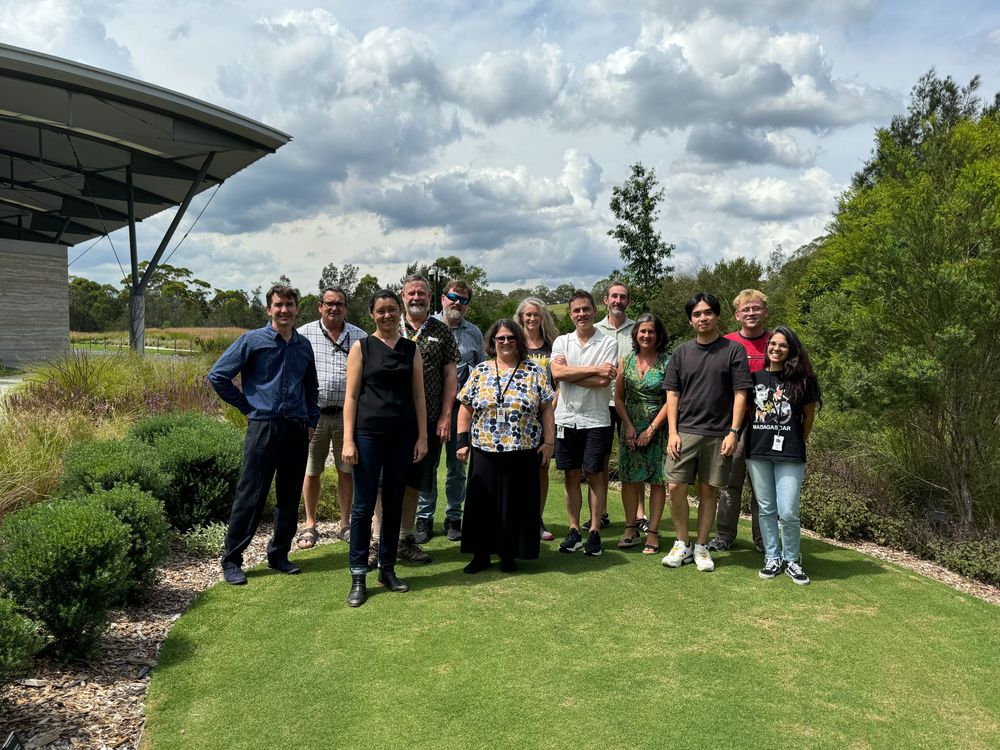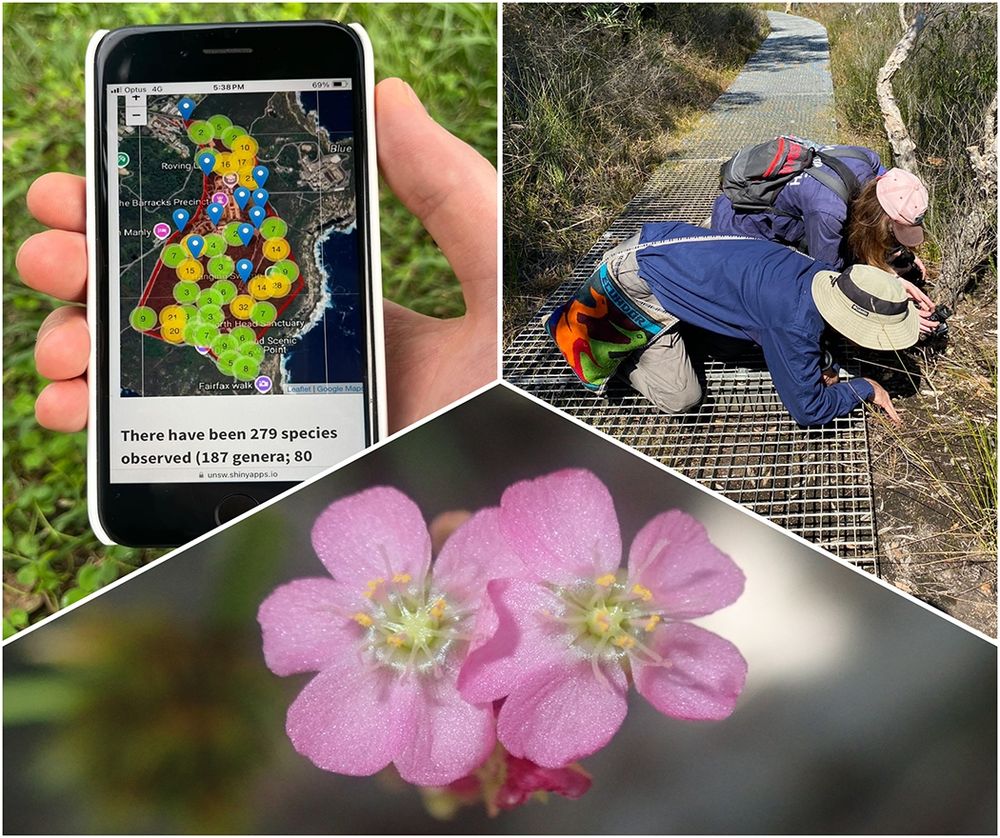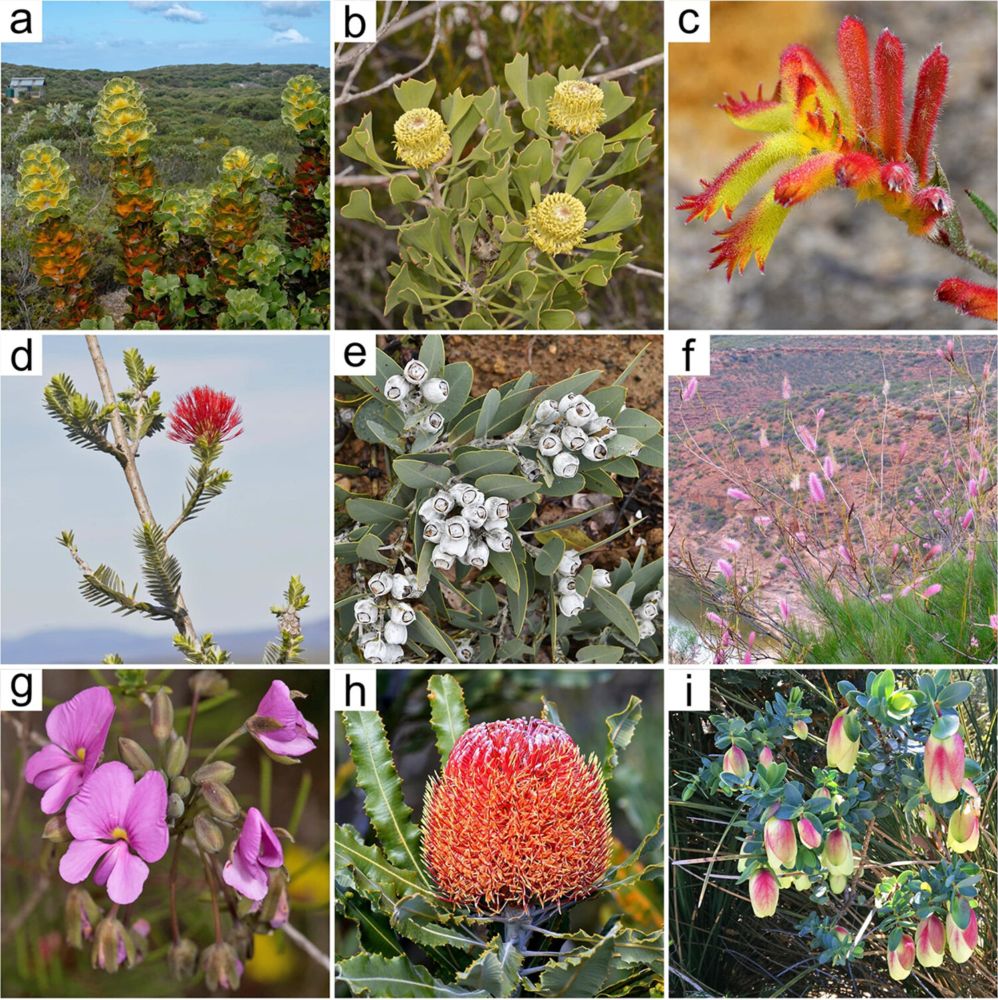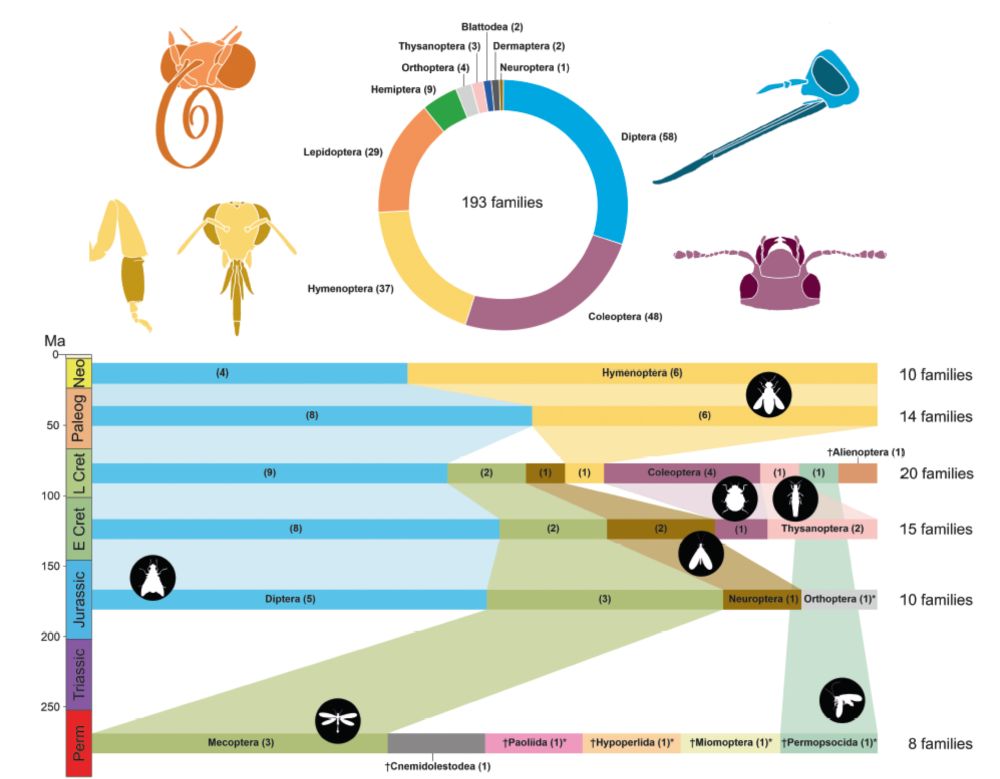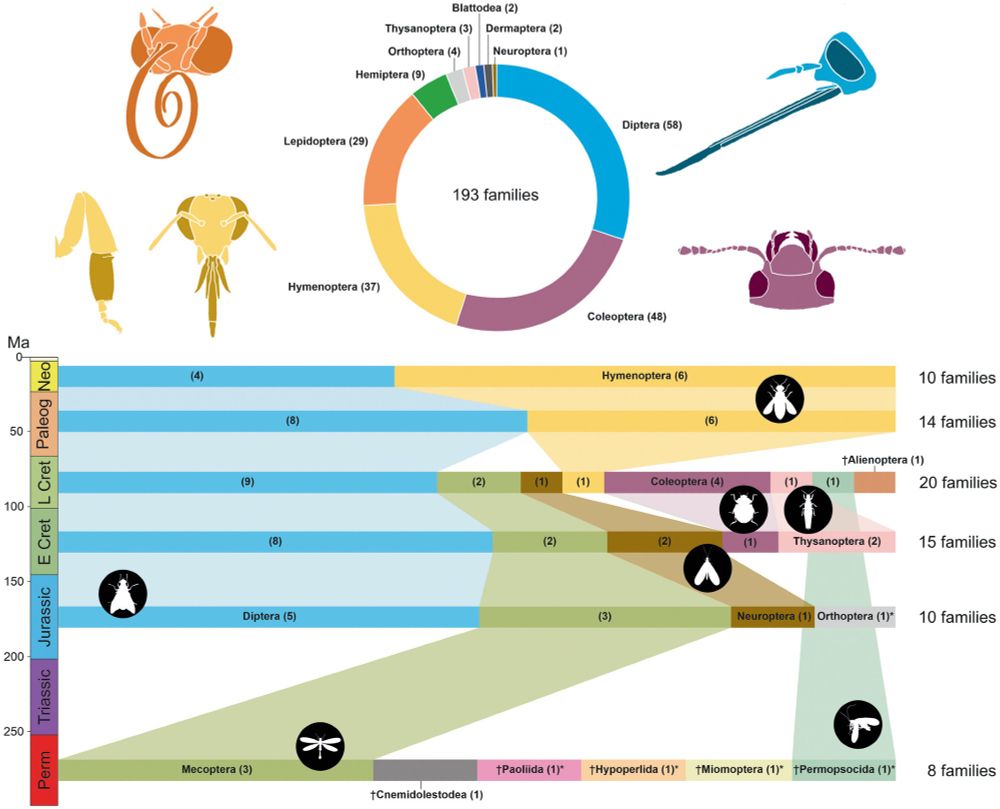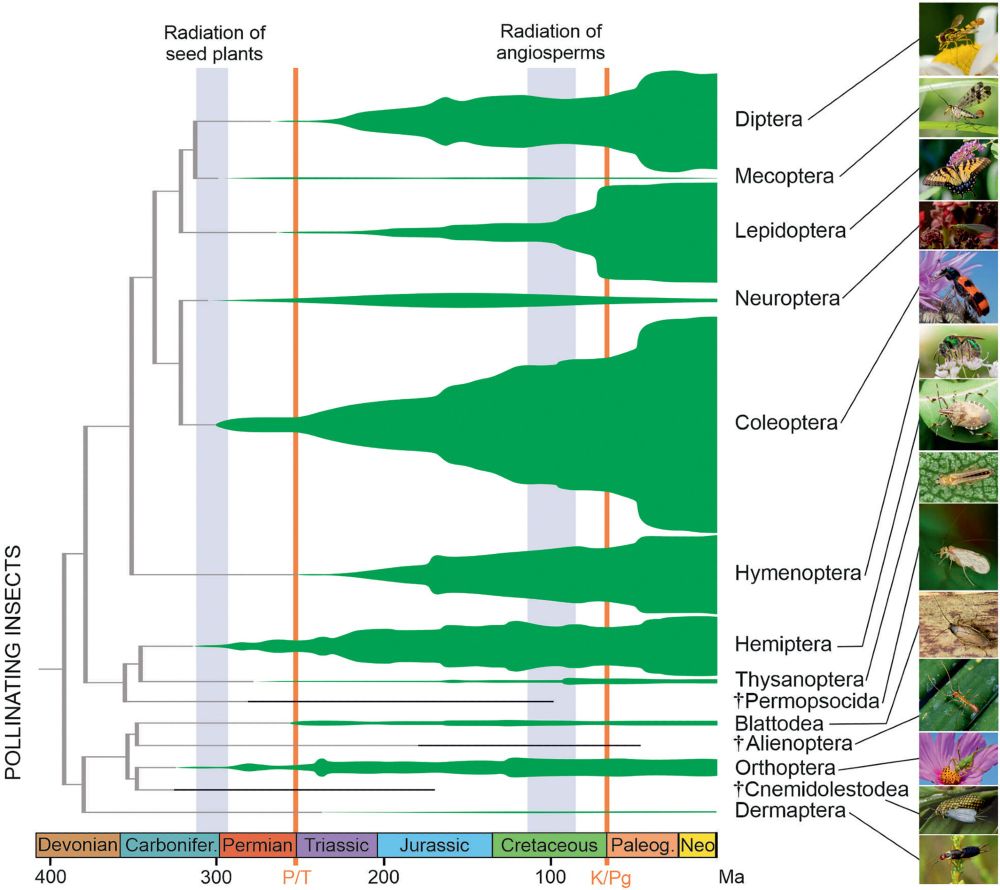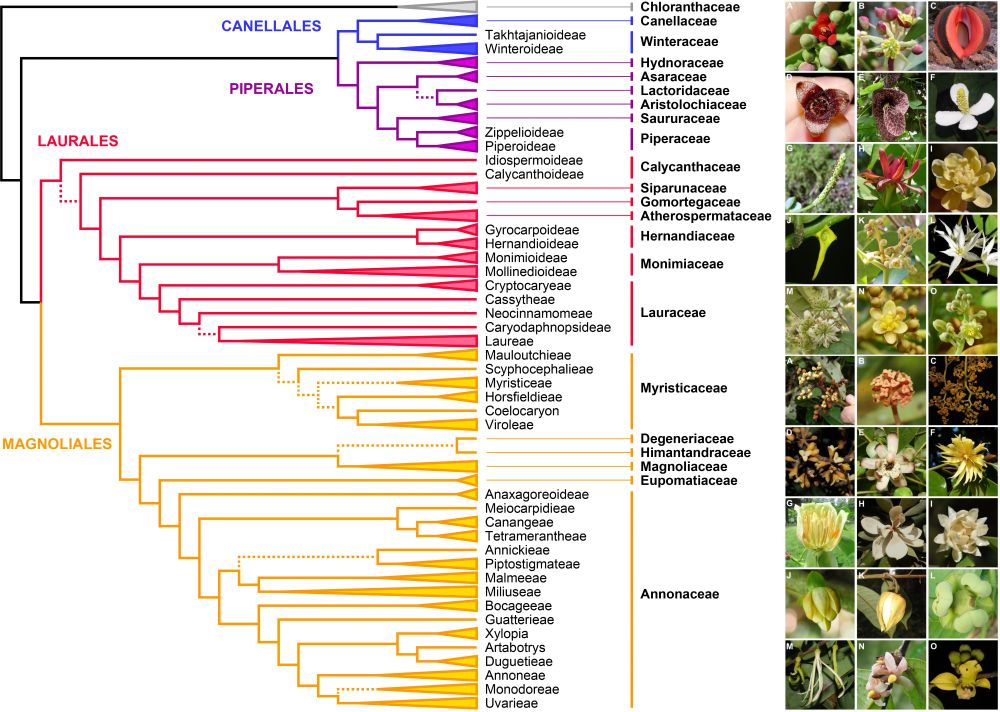Hervé Sauquet
@hsauquet.bsky.social
480 followers
270 following
22 posts
Evolutionary biologist and botanist (he/him) living on Bidjigal country, working at Botanic Gardens of Sydney, into flowering plants, macroevolution, freediving, and all things queer!
Posts
Media
Videos
Starter Packs
Pinned
Reposted by Hervé Sauquet
Fonti Kar
@fontikar.bsky.social
· Jun 11
Reposted by Hervé Sauquet
Reposted by Hervé Sauquet
Reposted by Hervé Sauquet
Reposted by Hervé Sauquet
Hervé Sauquet
@hsauquet.bsky.social
· Mar 19
Reposted by Hervé Sauquet
David Peris
@davidperis.bsky.social
· Mar 12
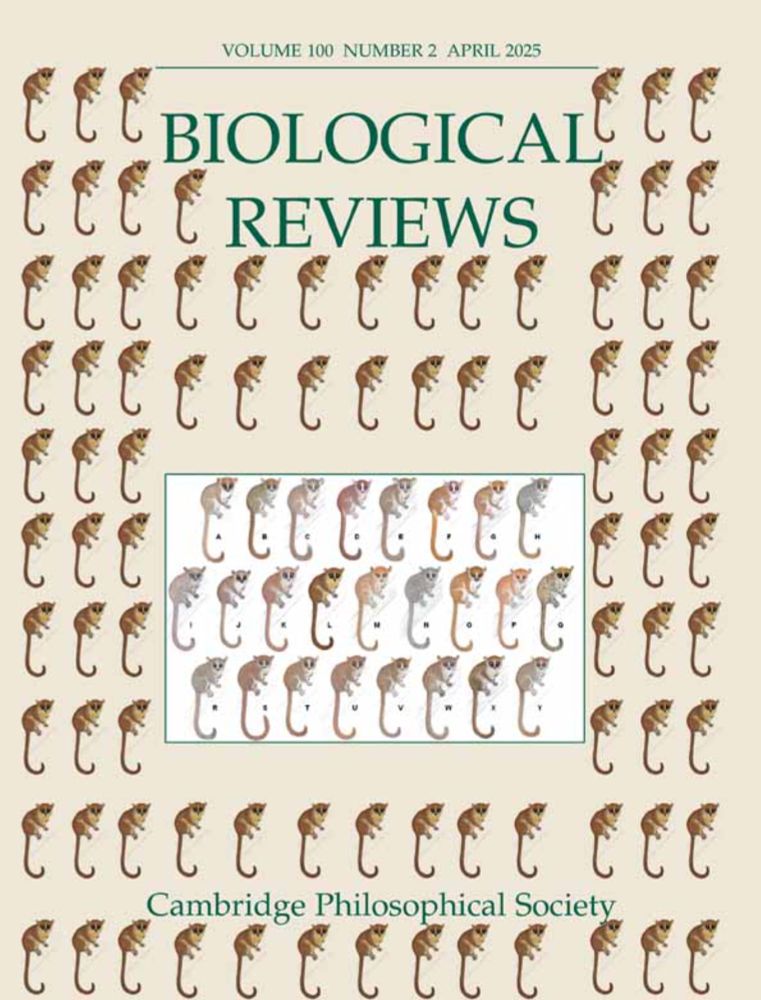
Evolutionary implications of a deep‐time perspective on insect pollination
Plant pollination by insects represents one of the most transformative and iconic ecological relationships in the natural world. Despite tens of thousands of papers, as well as numerous books, on pol...
onlinelibrary.wiley.com
Reposted by Hervé Sauquet
Hervé Sauquet
@hsauquet.bsky.social
· Jan 23
Reposted by Hervé Sauquet
Hervé Sauquet
@hsauquet.bsky.social
· Jan 15
Hervé Sauquet
@hsauquet.bsky.social
· Jan 15
Reposted by Hervé Sauquet
Reposted by Hervé Sauquet
Reposted by Hervé Sauquet

